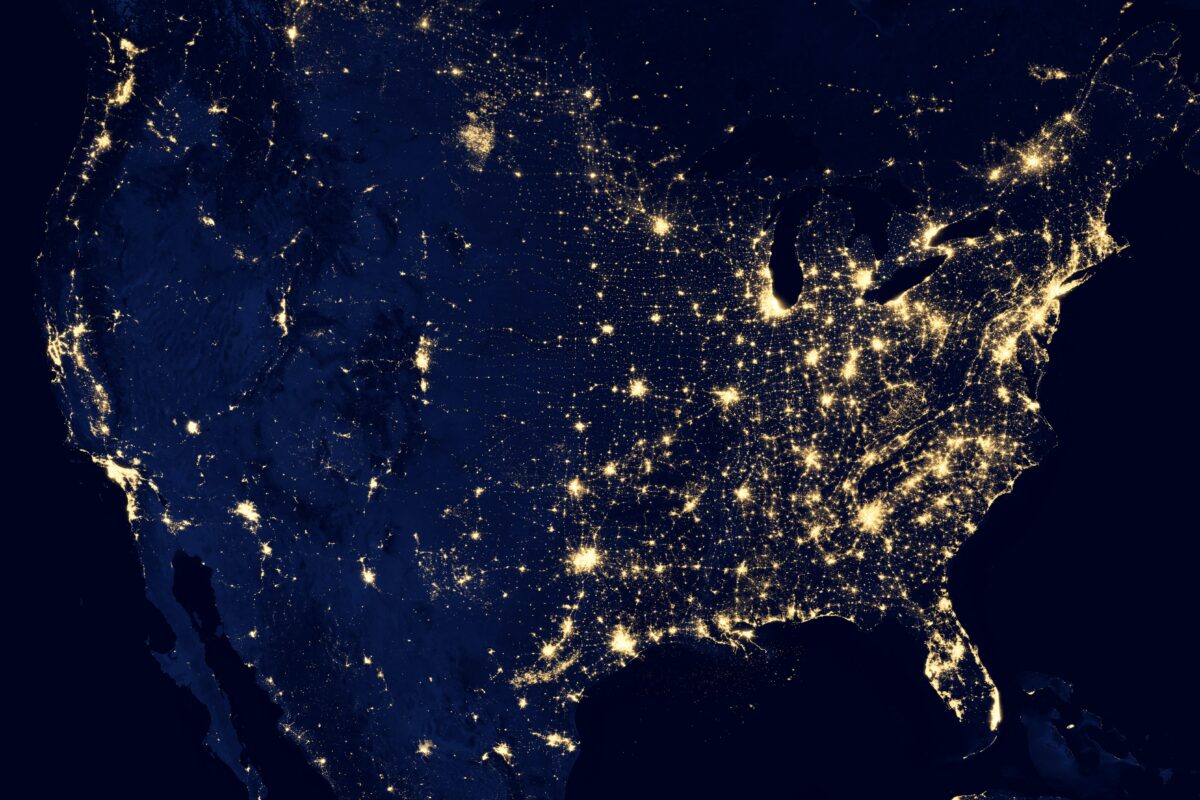
© NASA
One of the most important statements for ESG investors, asset managers and regulators was definitely John Kerry's keynote today at the Inception Meeting of B20 2021.Back in 2016 then-Secretary of State John Kerry signed the Paris climate agreement on April 22, 2016. In 2021 Kerry is now joining the Biden administration in a new, Cabinet-level position as Special Presidential Envoy for Climate.John Kerry: "Here in Washington, it’s 7:30 in the morning on my first full day as Presidential Climate Envoy in President Biden Administration. The early hour is appropriate, because we really don’t have a minute to waste, and there really are no more important and no more empowered audiences than the private sector as we all map the road ahead.We began down that road back to progress yesterday when President Biden rejoined the Paris Climate Accord, commissioned a team of climate leaders throughout his government with expertise and vision, and with a few strokes of his pen began to restore domestic environmental leadership.But going forward, I believe it is important for the United States, and for countries and companies all over the world, to travel down that road with humility, and ambition.Humility because we know that the federal government of the United States, until yesterday, walked away from the table for four wasted years when we could’ve been helping to meet the challenge.Humility also in knowing that for all our industrial capacity, the United States is responsible for only 15% of global emissions. The whole world must come to this table to solve this problem.And humility in knowing that today no country and no continent is getting the job done.At the COP in November, all nations must raise ambition together – or we will all fail, together.Failure is not an option.And that’s why ambition is so important.Success means tapping into the best of our collective ingenuity, creativity, and diplomacy, from brain power to alternative energy power, using every tool we have to get where we need to go. Success means lifting up communities long left behind and creating an equitable recovery.The road ahead is exciting. It means creating millions of middle-class jobs. It means less pollution in our air and in our ocean. It means making life healthier for citizens across the world. And it means we will strengthen the security of every nation on earth.And your companies and industries can and must be in the lead.A zero-emissions future offers huge opportunity for business, for clean, green jobs and economic growth and, to use the President’s words, to “build back better” from the global economic crisis.A few examples tell the story:
- The highest valued auto company in the world today is Tesla. And it ONLY makes electric vehicles.
- Mitsubishi is building the world’s largest zero emission steel plant – in Austria.
- Heidelberg Cement is working on a plant in Norway that anticipates capturing all its CO2 from concrete by 2030.
- Globally, the cheapest new electric power plant you can install is based on renewables – which explains why it now makes up more than 70 percent of new capacity.
- And green economies will generate new jobs. The EU anticipates 2 million additional jobs with a green economy
- Here in the US, until COVID, we had five years of steady growth in clean energy employment – with over 3.3 million new workers put into jobs across our country (Clean Jobs America 2020 | E2).
- And India has seen a five-fold increase in clean energy jobs over that same period (5-Fold Increase in Clean Energy Jobs in 5 Years: India (nrdc.org) ).
- Phase out coal five times faster than we have been (based on the comparison with the trend from 2013-2018)
- Increase tree cover five times faster
- Ramp up renewable energy 6 times faster
- Transition to electric vehicles at a rate 22 times faster
- Since 2015, when the Paris Climate Agreement was signed, solar and wind power have doubled their share of global electricity to 10 percent.
- In most countries in the world, renewable energy is now cheaper than fossil-fueled power plants.
- Global investment in new clean power capacity is set to exceed $10 trillion through midcentury, more than six times the investment in dirtier options.
- Other clean energy sectors, from hydrogen to electric vehicles, could also represent multi-trillion-dollar markets in the decades to come.

